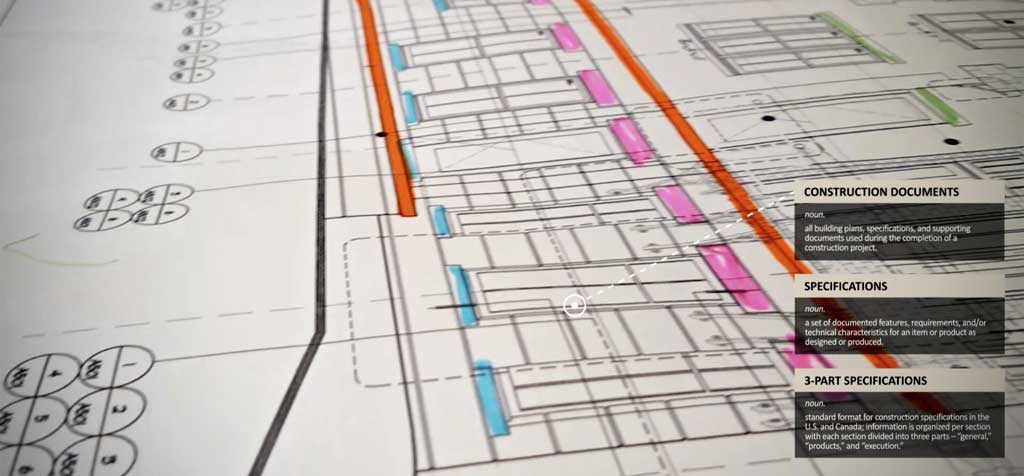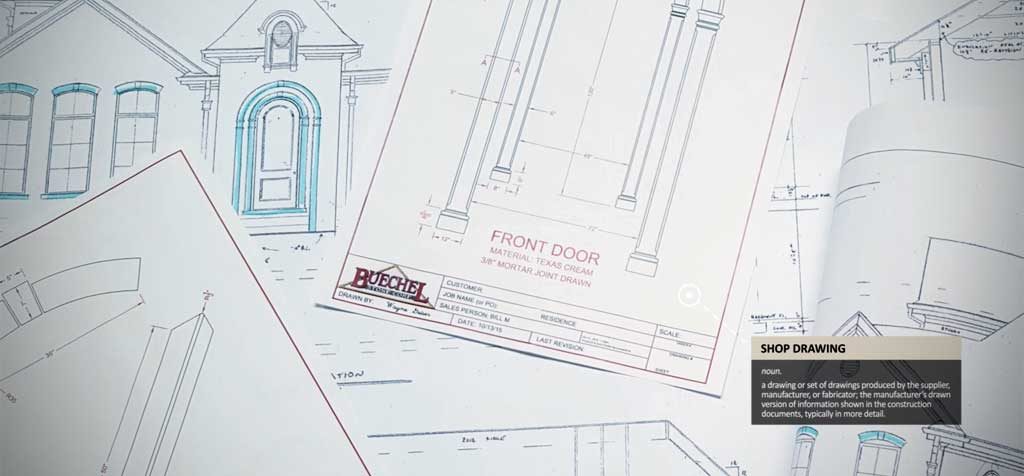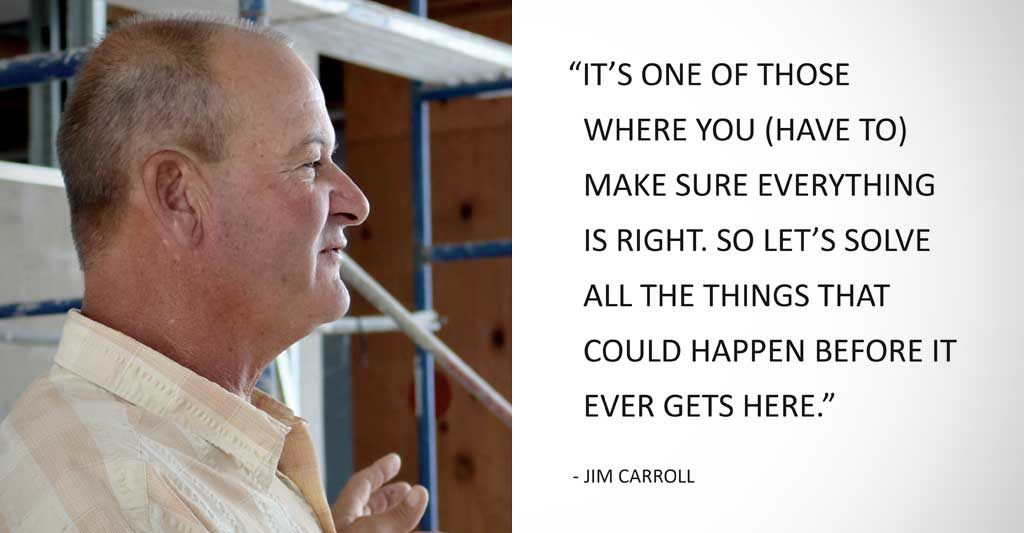It’s always been easy to tell that my mom has a lot of heart, especially when it comes to her kids. Whereas my dad is more likely to show his love during a display of quirky dad-jokes or in more of a quality-time sort of way. I don’t know if it was intentional or not, but they taught me the importance of knowing who’s in charge. That’s how it came to be that, in our house, “The head never rules the heart, but just becomes its partner in crime.” – Mignon McLaughlin
As the oldest of three siblings, I didn’t exactly push the limits to pave the way for my two younger brothers. If I wasn’t at a sports practice or competition, I was sitting at the piano or studying. In fact, all through my sophomore year in high school I didn’t have a curfew because I didn’t need one. Then, I started dating Nick.
Whereas many of you may have grown up in a ‘Go ask your mom’ or ‘Go ask your dad’ environment, it wasn’t that easy for me. In fact, I don’t remember a single moment when either of my parents made a decision about my well-being totally independent of each other. And when a senior boy, Nick, asked their junior daughter to go to the Homecoming Dance, their united front became even more apparent.
For the most part, my parents were very supportive and trusting of my judgment. But I noticed a not-so-subtle shift in their outlook when I had an actual date to the school dance as opposed to going with a more casual group of classmates and friends, as I’d typically done in the past. It didn’t help that when I told my mom about our plans, she recalled the last time she’d seen my prospective date, “Oh…um…is Nick that the pole vaulter that rolled around the track on a dare at one of the track meets last Spring?”
Nick soon found out that my parents had the final say so long as I was living under their roof. Even if it was a smaller matter and they had the option of discussing before giving me a verdict, they would consult with one another. And if it was a new circumstance and it was urgent, they’d call each other or partially decide and have me call the other one.
When you’re a high school boy dating the oldest and only daughter of involved parents, it’s pretty easy to figure out who’s really in charge. But on a job site, it’s not always going to be quite so straightforward. Luckily, with a team of Buechel Stone #Rockstars at my disposal, I can get a pretty quick ‘Go ask so-and-so’ response. So here’s some expert advice from Mike Buechel, some of which was learned the hard way, about how personal responsibilities play into project decisions and approvals.
Who’s in charge?
It is important to understand who has the true final say in the project. If you’re getting the okay from the general contractor, but the architect is heavily influencing the end result, you have to make sure they’re part of the discussion process. Before starting, have an agreement with the proper channels on how you are going to keep in touch during the project. For quick questions, should you text? How about sending photos at specified times? Having this discussion right at the beginning will make everyone know who is responsible for each area.
It’s important everyone knows his or her personal responsibilities before the job starts. Even the best blueprints often have inconsistencies. It’s amazing how often an estimator will comb through a set of plans and find conflicting information, from walls showing up on one page and magically disappearing on a references cross section; to one page showing the option in stone and the next showing it in brick. So a simple thing, like is it full veneer or thin veneer might not be spelled out.
Some projects have both full veneer and thin veneer, making the quoting process even more detailed. Make sure you know what’s going where. Specs often are cut and pasted into the spec book. This is a great thing to help speed up the process for the architectural specifiers, but it is important to make sure they give you the details needed to quote the exact same thing as everyone else.
Flashback: Unforgettable Lesson
Flashback: I still remember years ago we had a customer in the showroom for a rather large residential project. The general contractor and mason contractor already were selected, and both were reputable businesses. When the customer selected the actual materials, they selected a lower- to mid-priced stone (full veneer). What they selected next though resulted in a battle that ended poorly.
The customer picked a mortar containing a white-based Portland cement and a cut stone that was not the product used for the original quote. Both of these options were considerably more expensive than what was budgeted, but neither the mason nor the general contractor relayed that to the homeowner because that’s what they selected.
In the end, the mortar and cut stone details ended up being double what was in the allowance, and on a big home, those numbers add up quickly. The customer was not aware there was an allowance on the masonry for the materials as it was a lump sum quote. The mason thought the general contractor talked with the homeowner about the cost, while the general contractor assumed the mason told the owner, and the consensuses was the owners would be okay with the prices because that’s what they selected. The contractors were wrong.
Again, you can never over-communicate about details in a project. The homeowner was in charge of the final decision, but no one asked, “Do you want to pay more money, or do you want to get what was in the spec?”
Detailed Decisions
When it comes to deciphering who’s in charge, it can be a tricky thing, and you might not be getting the same decision maker as the others bidding the job. Who gets to decide something when there’s a spec like “gray adhered stone in a random ashlar pattern to meet ASTM standard xyz?” Is it natural or manufactured stone? Whose version of “gray” is being used? Is it just about submitting the lowest priced option that somehow fits that description. Who gets to decide what’s acceptable?
My flashback project showed the importance of the inter details a project bid and specifications used. Mortar, flashing, cut stone details, caulking, moisture control options, lintels, and more can affect installation and costs. Who is in charge of these decisions if something is changed?
Also, don’t assume you’re not supposed to bid these items or that you have to. Make sure to check those in the spec as they may not be what you think they’d be. If other subcontractors need to cover these items, do they all know the timeline and schedule you are on, not just the general contractor? If you as the mason are responsible for some of these, is the work being billed to you or the general contractor?
Again, these seem like arbitrary things but every project is different and each general contractor may handle these items a little differently. If you have to purchase any of these items, do you have the cash flow to cover these expenses if the general contractor is slow in paying? Meanwhile, you’re cut off from your supplier for not paying. Things like this can be the difference between a successful job and Chapter 11. I’ve seen it happen. Make sure to communicate all aspects of the job on the front end and expectations will results in reality.
Partners in Crime
Remember, what makes Buechel Stone unique is what we do throughout each project. We’re there from concept to completion – until vision becomes a reality. And if the owner’s vision is the heart, then Buechel Stone is your best partner in crime for working with whomever is in charge. After all, “The head never rules the heart, but just becomes its partner in crime.” – Mignon McLaughlin
Tracy Lisowe | Marketing Director
&
Mike Buechel | COO, Owner
Buechel Stone Corp.







